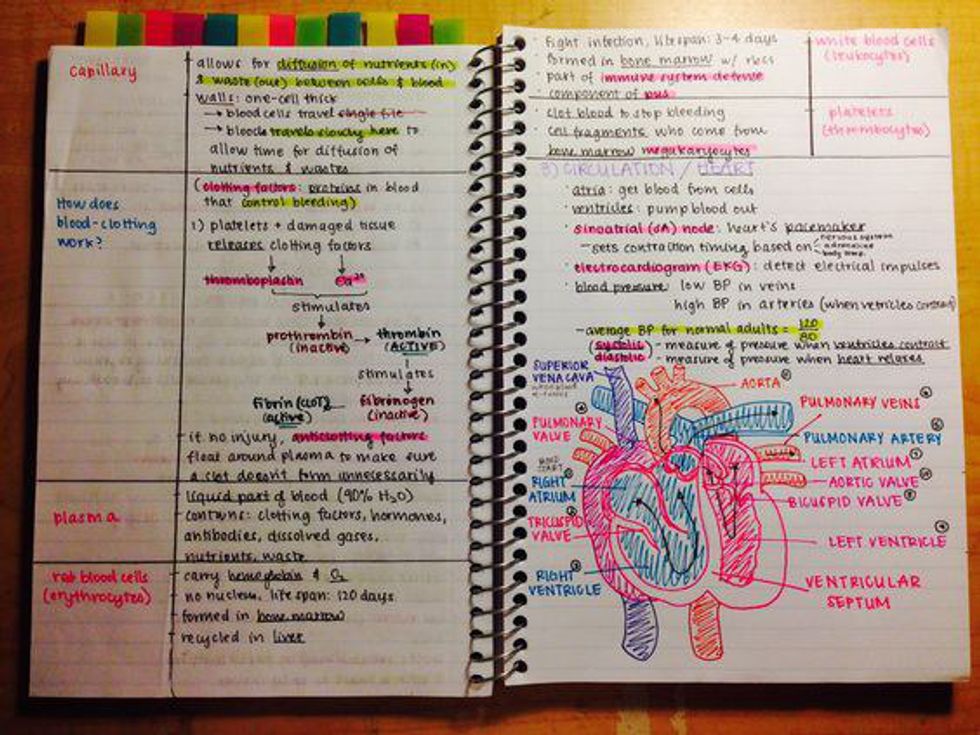If you are an average American, you have already seen it, multiple times. You might even consider it normal. That is because it is everywhere!
Well, sort of — it is highly common in fictional narratives. The "Smurfette Principle" describes a very common pattern in films, TV shows, books and other forms of narrative media where the main group of protagonists will contain exactly one female and several males. The male characters usually possess distinct personality quirks; the female's quirk is usually that she is female.
Its name comes, as one would probably guess, from the TV show "The Smurfs," which is one of its best examples. In "The Smurfs," each character gets one big personality feature that differentiates them from the group. These traits are boiled down into a single word and added to the characters' names, making it easier to remember which is which. Papa Smurf is the strong leader of the Smurfs, who fulfills the role of a father figure to the rest. Grouchy Smurf is a misanthropic and cynical character who can frequently be found saying "I hate [whatever is being discussed]." Smurfette's funny character trait is that she is a girl. She is the only female Smurf to appear in the 2011 film, and she is differentiated from the other 15 Smurfs by her gender.
The Smurfette Principle arises from a subtle form of sexism called "androcentrism" that implicitly defines the male gender as "normal" and female as abnormal, such that girls only exist as they relate to males. The default character is male, and that character can be individuated by making them funny, smart, tough or female, among other traits. To assume that one gender is "normal" is probably a bad idea, especially given that there are more women than men in the United States.
Examples of this pattern in recent video games, live-action and animated TV shows, and films abound. Here are a few that you might recognize out of the hundreds: "Aladdin," "The Avengers" and several, if not all, of its sequels, prequels, and associated films (including "Captain America: The First Avenger," "Thor," "Thor: The Dark World" - which unfortunately is a movie that exists - and "Guardians of the Galaxy"), "Fight Club," "The Hobbit film trilogy," "Inception," "Jack the Giant Slayer," "Men in Black," "Mulan," "Monsters vs. Aliens," "Toy Story," "Ratatouille," "Ocean's Eleven" and "Ocean's Thirteen," "Pacific Rim," "Predator(s)," the Star Wars original trilogy, "Super 8," the "Transformers" series and many more.
Just for fun, let's try to dig up some examples of the reverse: popular narratives where the group of main protagonists will contain exactly one female and several males. "Bimbos in Time," "My Little Pony: Friendship is Magic," "The Scribbler" and... well, those are the only ones I could find.
While there are more important problems in the world than this one to resolve — as there must be for nearly every societal problem, by definition — I find it somewhat concerning that this sexist pattern is still common in our modern culture. We should leave it behind by increasing female representation among protagonists.
For more information on this subject, check out some of the following resources:
The New York Times: "Hers, The Smurfette Principle"
TV Tropes: "The Smurfette Principle"
The Atlantic: "The Problem With Smurfette"
Reel Girl: "Females 51% of Population but Minority of Imaginary Characters and Real Life Power Positions"









































